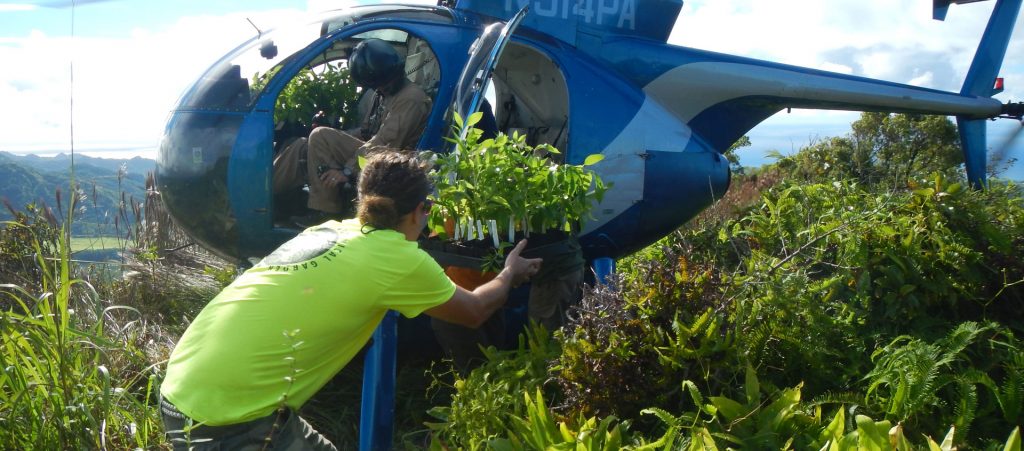Nina Rønsted, Ph.D., Director of Science and Conservation
A new report on the Global Strategy for Plant Conservation (GSPC), suggests that while the 16 targets of the ambitious plan to protect global plants are unlikely to be met by 2020 as planned, countries have made considerable progress towards achieving many of them.
Plant Conservation Report 2020: www.cbd.int/gbo5/plant-conservation-report-2020

The Global Strategy for Plant Conservation (GSPC) was originally adopted by the Conference of the Parties to the Convention on Biological Diversity at its sixth meeting (COP-6) in 2002 in recognition of the critical importance of plants as the basis of all life on earth.
The Strategy’s 16 targets, organized around five objectives were the first targets for biodiversity conservation to be adopted at the global level by the international community. Through the strategy, the plant conservation community has been able to engage with and contribute to the development of the post-2020 Global Biodiversity Framework, to be agreed in 2021 in China.
The five objectives to achieve the strategy aim to ensure that (I) Plant diversity is well understood, documented and recognized, (II) Plant diversity is urgently and effectively conserved, (III) Plant diversity is used in a sustainable and equitable manner, (IV) Education and awareness about plant diversity, its role in sustainable livelihoods and importance to all life on earth is promoted, and (V) The capacities and public engagement necessary to implement the Strategy have been developed.
Successful achievements include establishment of a World Flora Online providing baseline information of the worlds 350,000 currently known species of vascular plants and mosses (Target 1 – online flora of all known plants). Significant progress has also been made through The Global Tree Assessment, which aims to have completed IUCN Red List assessments for all the world’s 60,000 tree species by 2020 (Target 2 – assessment of the conservation status of all known plant species).
Progress towards the 16 targets has been variable. Most countries report some progress towards most of the targets. Apart from Targets 1 and 2, Target 14 (public awareness of plant diversity) is the most likely target to be achieved at the national level, with Targets 7 (in situ conservation), 10 (invasive species) and 12 (sustainable use), being those where least progress has been made.

In Hawaii, conservation partners have developed the Hawaii Strategy for Plant Conservation in 2014 and established the Hawaii Plant Conservation Network, Laukahi, to more efficiently target the global strategy and specifically address the unique conservation challenges of native plants in this global plant diversity hotspot.
The mission of NTBG is well aligned with the Global Strategy for Plant Conservation (GSPC). We work with our many partners every day to increase knowledge, appreciation, conservation, and sustainable use of tropical plants. NTBG is proud to make significant contributions to several of the GSPC targets: